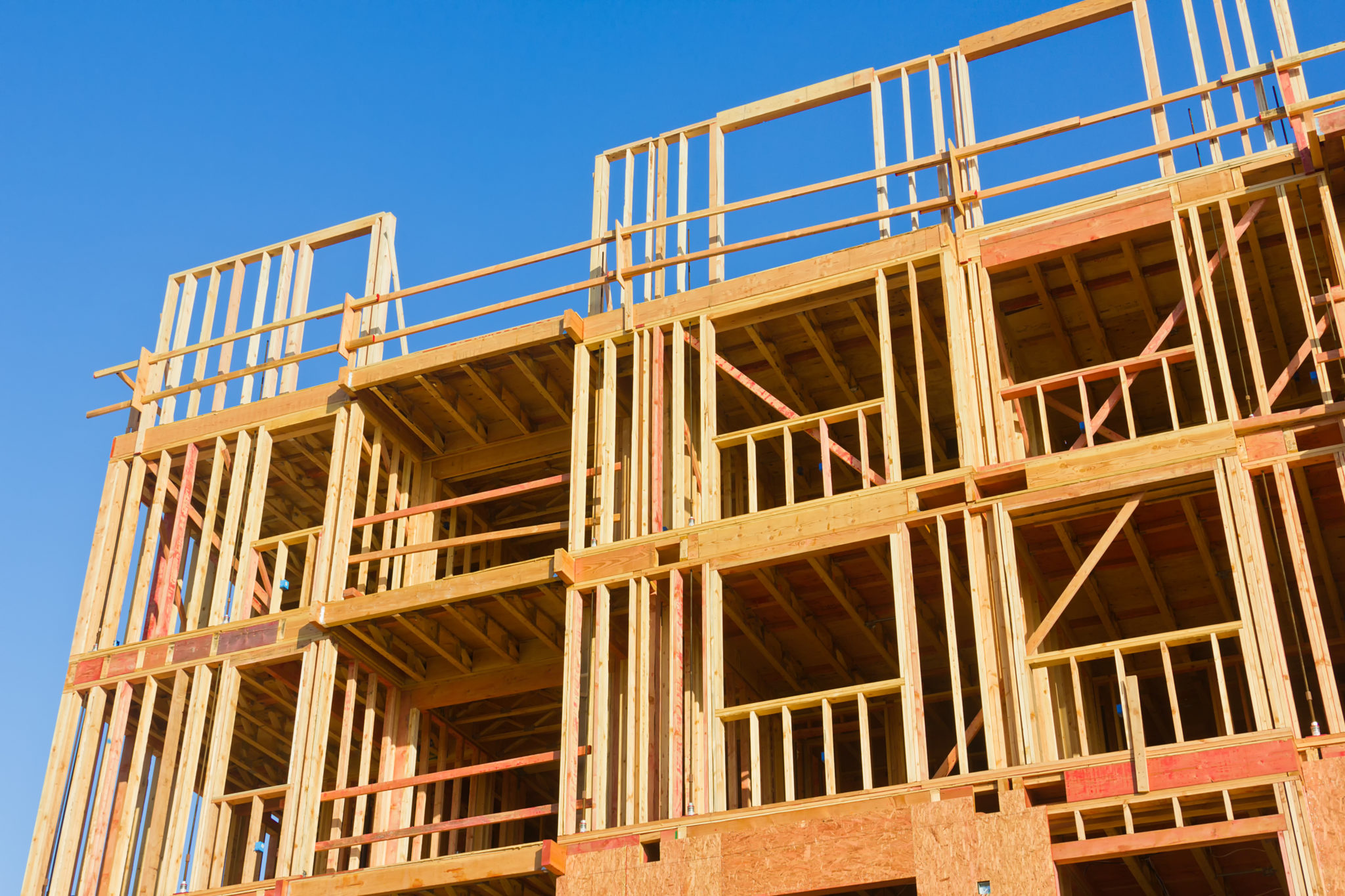Build Safe Live Safe | The Building Safety Bill: who pays?
Published on 25th November 2021
The question of who pays for future safety measures within residential buildings can be contentious and emotive, but is one that the Building Safety Bill sets out to clarify

The Building Safety Bill (BSB) provides for a new set of implied terms to be read into relevant leases with the aim of removing ambiguity around who ultimately pays for building safety works.
Implied terms
The BSB proposes implying certain terms into all relevant leases, which will impose obligations on building owners, managers and leaseholders to ensure appropriate standards are met with regards to building safety. The proposals are currently targeted at leases of over seven years and which provide for a service charge to be paid by the leaseholder.
The designated accountable person(s) will have to ensure compliance with their "building safety duties" imposed by the legislation and cooperate with any person in connection with their own duties.
The BSB envisages multiple layers of responsibility, to avoid accountability falling through ownership or management gaps in existing leases.
As a quid pro quo for the additional obligations, the Bill also sets out a mechanism for gaining access to individual apartments, in order to carry out building safety works. As it stands, gaining access where a leaseholder refuses can be a lengthy and costly process.
Building safety charge
As well as obligations, the BSB sets to imply a new charge into leases to cover the cost of building safety works, to be ring-fenced from other charges under a lease. This ring-fencing is to stop payments from being subsumed by general service charge payments or debt or applied towards matters other than building safety.
Building safety costs are the costs (or estimated costs) incurred or to be incurred by or on behalf of an accountable person for a higher-risk building in connection with taking building safety measures.
"Costs” are set to include:
- legal fees (if not otherwise recoverable);
- other professional fees;
- fees payable to the regulator; and
- management costs.
Requirements, in respect of the forms of demands and restrictions on recovery similar to those already in place for service charges, will apply to building safety charges, and landlords and managers will need to ensure their processes and precedents are closely monitored to avoid technical breaches.
Parties will not be able to contract out of having these terms implied.
Cost protection for leaseholders
In addition to the statutory protections proposed for the Building Safety Charge, amendments to the statutory consultation process have been proposed to oblige landlords to explore other avenues of funding, before looking to recharge to leaseholders. When embarking on defined building safety remedial works, a landlord must take reasonable steps:
- to ascertain whether any grant is payable in respect of the works;
- to ascertain whether all or any of the cost of the works may be met by a third party; and
- to ascertain whether any other prescribed kind of funding is available.
If any of the above funding options are available, the landlord is under an obligation to obtain the funding. However, the landlord is not required to comply with their duty to seek cost recovery avenues before carrying out remediation works. The details of what will amount to "reasonable steps" will likely be determined on a case-by-case basis.
The proposals do not change the existing liability of leaseholders to pay for building safety works.
OC comment
As with anything, there are likely to be teething problems and questions that arise as the charge is implemented in practice. As a result, there will no doubt be an influx in tribunal applications and the management costs associated with implementing the charge and adapting processes and systems to cater for this will increase.
The government has, however, clarified that they expect the mechanism to collect the Building Safety Charge to come into force before the legal requirement to undertake any new duties imposed by the BSB and discussed earlier in this series, so that building owners will be able to recover costs incurred in undertaking these new duties as soon as the provisions of the BSB come into effect.
This Insight accompanies the fifth video in our Build Safe Live Safe series on how might the costs of future safety measures be met and by which parties. In the next video and Insight in the series, the Building Safety Team will focus on why it's important to real estate investors.




